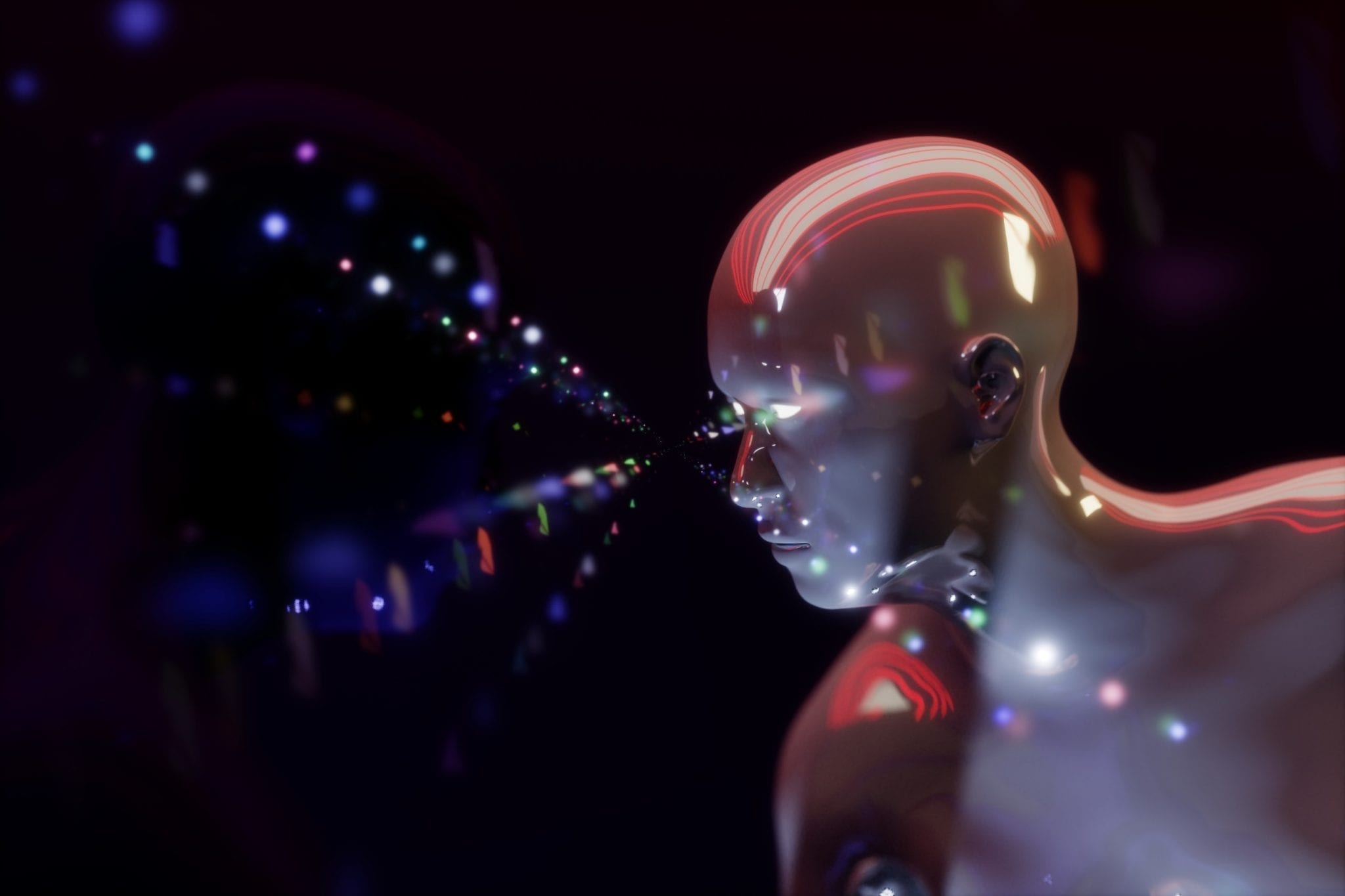The USPTO’s AI inventorship guidance provides a framework for determining who qualifies as an inventor when AI systems are involved in the invention process.
The question of who qualifies as an inventor has taken on new complexity in the age of artificial intelligence. As AI systems like ChatGPT, DALL-E, and other generative tools play increasingly significant roles in the innovation process, new questions have arisen about inventorship determinations. The USPTO addressed these questions in its February 2024 guidance document, “Inventorship Guidance for AI-Assisted Inventions,” providing a framework for determining inventorship in the context of AI-assisted innovation.
The Legal Foundation: Thaler v. Vidal
The USPTO’s guidance builds upon the foundational case of Thaler v. Vidal, where the Federal Circuit affirmed in July 2022 that “only a natural person can be an inventor, so AI cannot be.” The case involved Stephen Thaler’s attempt to patent inventions allegedly created autonomously by his AI system, DABUS (“Device for the Autonomous Bootstrapping of Unified Sentience”).
The Federal Circuit’s decision hinged on the interpretation of 35 U.S.C. 100(f), which defines an inventor as “the individual or, if a joint invention, the individuals collectively who invented or discovered the subject matter of the invention.” Citing Supreme Court precedent, the court determined that “individual” ordinarily means a human being unless Congress provided some indication of a different meaning.
In particular, the court distinguished between AI as an inventor (which it rejected) and human inventions created with AI assistance, noting that it was not addressing “whether inventions made by human beings with the assistance of AI are eligible for patent protection.” This distinction formed the basis for the USPTO’s subsequent guidance.
The Core Position: AI-Assisted Inventions Can Be Patentable
The USPTO’s guidance establishes a clear position: while AI systems cannot be listed as inventors, the use of AI in the invention process doesn’t automatically disqualify a patent application. Patent protection remains available for AI-assisted inventions where one or more natural persons made significant contributions to the claimed invention.
This position strikes a balance between acknowledging AI’s growing role in innovation while preserving the human-centered focus of the patent system. It provides a pathway for protecting innovations developed with AI assistance without requiring changes to existing patent law.
What is a “Significant Contribution”?
The central question is: what level of human involvement is required for a person to qualify as an inventor of an AI-assisted invention? The USPTO’s guidance relies on the established Pannu factors from Federal Circuit case law, which state that each inventor must:
- Contribute significantly to conception or reduction to practice of the invention;
- Make a contribution that is not insignificant in quality when measured against the full invention; and
- Do more than merely explain well-known concepts or the current state of the art.
For AI-assisted inventions, these same factors apply. The human contribution must rise to the level of inventorship regardless of the AI’s involvement in the process.
Five Guiding Principles for AI-Assisted Inventions
To help practitioners navigate inventorship determinations, the USPTO outlined five key principles:
1. AI Use Doesn’t Negate Inventorship
Using an AI system in creating an invention doesn’t prevent a person from qualifying as an inventor if they significantly contribute to the invention. The focus remains on the human contribution according to the Pannu factors.
2. Problem Recognition Alone Is Insufficient
Merely recognizing a problem or having a general research goal isn’t enough to qualify for inventorship. However, a significant contribution could be shown by constructing specific prompts to elicit particular solutions from an AI system in view of a specific problem.
3. Reduction to Practice Alone Is Insufficient
Simply implementing or recognizing the output of an AI system doesn’t qualify as inventorship, particularly when the properties and utility are apparent to those skilled in the art. However, a person who makes significant contributions to the AI output may qualify. In unpredictable fields, conducting successful experiments with AI output could demonstrate a significant contribution under the simultaneous conception and reduction to practice doctrine.
4. Building Block Contributions Can Qualify
A person who develops essential building blocks for an invention may qualify as an inventor, even if not present for all activities leading to conception. Designing, building, or training an AI system for a specific problem could be a significant contribution if it enables the creation of the claimed invention.
5. “Intellectual Domination” Is Insufficient
Simply owning or overseeing an AI system doesn’t make someone an inventor without a significant contribution to the conception of the invention. Management or financial support alone doesn’t qualify as inventorship.
Documenting Human Contributions
The guidance underscores the importance of documenting human contributions to AI-assisted inventions. Best practices include:

- Maintaining detailed records of human inputs to AI systems, particularly prompt engineering or system design decisions;
- Documenting human evaluation, selection, and modification of AI outputs;
- Recording experimental validation or testing performed by humans;
- Preserving evidence of the natural person’s recognition and appreciation of the invention; and
- Clearly identifying the specific contributions of each potential inventor.
This documentation will be invaluable if inventorship is ever challenged, either during prosecution or in post-grant proceedings.
Conclusion
The USPTO’s AI inventorship guidance provides a framework for determining who qualifies as an inventor when AI systems are involved in the invention process. By applying existing inventorship principles to the AI context, the guidance maintains the human-centered focus of the patent system while acknowledging the reality of AI-assisted innovation.


Join the conversation!